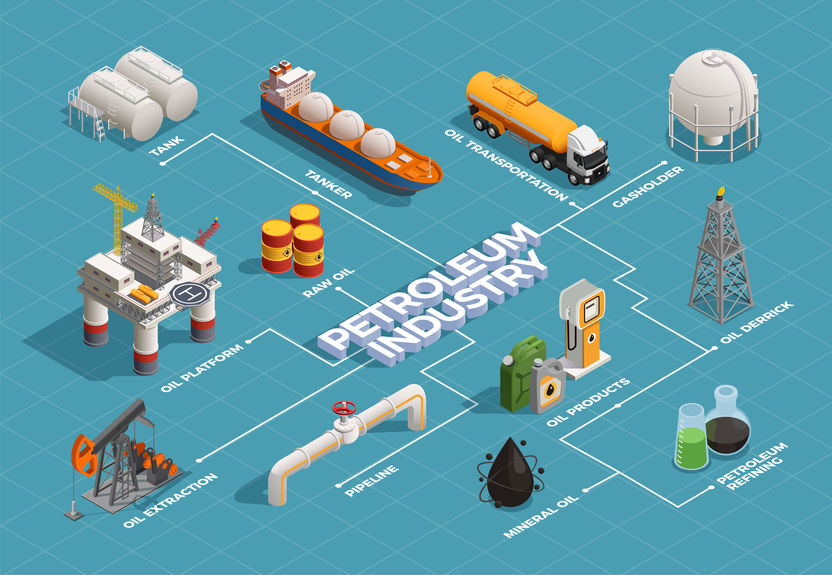On September 14, 2019 explosive drones took out one of Saudi Arabia’s major oil refineries which accounted for nearly 6% of the world’s oil supplies (5.7 million barrels a day). Standard media hysteria and public concern arose with the belief that Americans would soon see $4.00 a gallon gasoline all across the nation. Within days the reaction was muted.
US oil supplies have increased 40% in the past three years (3.65 million barrels since the end of 2016) and supplies in reserve all over the world, will prove oil shocks like the Arab Oil Embargo of the 1970s are a thing of the past. In the US , we are seeing an increase in production everywhere. The West Texas Permian Basin will increase another million gallons per day in the next few months as new pipelines come on board to take oil to market. Four thousand more wells sit idle waiting for Hydraulic Fracturing once transport of the new oil is assured.
Saudi Arabia restored half their production within a week and reached out to other countries to obtain oil to supply all its clients. They are paying a premium to construction companies helping to build back their own supply .
The International Energy Agency (IEA) consisting of 30 oil consuming nations, including the United States and Canada coordinate their energy security. They can all release oil from their strategic reserves when necessary. President Trump authorized a release unilaterally while IEA did not yet see the need. Their rule of thumb is to do nothing until 7% of global supply is effected. This last happened during the Libyan civil war in 2011 when IEA ordered the release of 60 million barrels of oil collectively from its 30 nations.
Last week IEA reported that crude oil stockpiles around the world had increased by 2.4 million barrels when analysts expected a decline. There is now considerable worry about an over supply around the world being effected by the US- China trade war. Concurrently natural gas prices have declined for three months.
The US holds 644.8 million barrels valued at more than $35 billion at current prices, in four locations in Texas and Louisiana in underground salt caverns. The oil can be extracted at any time by pumping water into the bottom of the caverns forcing oil out the top. It takes about two weeks to draw off significant quantities.
At its peak in 2010 the US Strategic Petroleum Reserve contained 726 million barrels. Now, due to huge increases in new production, the US has been selling excess oil bringing current storage down to 644.8 barrels.
All this points to the end of the sudden distorted shocks that send oil prices up. While the media will likely continue to promote the worst case fears the public will reduce their concerns.
Concurrently the impact of the once strong threats of the Organization of Petroleum Exporting Countries (OPEC) to drive prices up at the pump, have been weakened.
Commodity cartels have generally had a poor record of elevating long term prices that markets dictate. OPEC will not stop trying to get their members to limit production. but the world is starting to pay less and less attention. Every price hike caused by OPEC spurs cheating on quotas by cartel members or an increase in production by oil producers not in the cartel. With the United States returning to its position as the world’s largest oil and natural gas producer, as a result of hydraulic fracturing and horizontal drilling, Middle Eastern oil shocks will be falling on deaf ears.
